FORT HOOD, Texas - As Field Artillery Soldiers prepare to move locations and conduct counter fire mission, their unit is mortared with several rounds which produce an unknown yellow smoke.
The Soldiers realizing they are under a chemical attack and quickly respond as their training has taught them.
Soldiers from Battery C, 2nd Battalion, 20th Field Artillery Regiment, 41st Fires Brigade, play out this scenario during Table XV battery level field training exercise on North Fort Hood, Sept. 22.
The blare of the M4 JCAD Chemical Agent Detection Device alerted the Soldiers, setting them into a ready phase. The sound of the alarm caused them to go from a mission orientated protective posture level two up to a level four.
As the yellow smoke crept through the camp, the Soldiers donned the appropriate protective gear, moved into position and quickly gave audible and visual signals of gas, gas, gas, warning fellow comrades of the chemical attack.
The unit wasn't completely caught off guard because the command received several reports from higher headquarters about possible chemical attacks in the area.
"We received some intelligence from our higher command to be prepared for possible NBC attacks," said Capt. Roland Pugh, battery commander for the Btry. C, 2nd Bat., 20th FA Regt. "We went ahead and got into a MOPP level two because an attack seemed imminent."
Even though NBC training is important to Soldiers, counter measures were put in place to minimize heat casualties.
"It's been awhile since we've incorporated chemical attacks into our field training exercises," said 1st Sgt. Anthony Igehart, a Waco, Texas native and senior enlisted leader for Btry. C, 2nd Bat., 20th FA Regt. "Before the field, we started doing PT in our MOPP suits and masks. We wanted to identify the Soldiers who would struggle. By the time we got out here, we knew who to keep an eye on."
Igehart said PT served an extra purpose by allowing Soldiers to build confidence in themselves knowing they could withstand the additional heat from the extra the equipment.
As the gas made its way through the training area, one individual worked even harder to make sure his team wasn't affected.
"I did what I was taught to do," said Spc. Joseph Vales, a Phoenix native and chemical agent specialist for Btry. C, 2nd Bat., 20th FA Regt. "It's my job to make sure everyone knows how to put on the NBC gear, [decontaminate] themselves, equipment and vehicles. I just consider myself lucky because I have a chain of command that's willing to support my training."
As the attacked prevailed, Vales shouted directions to the Soldiers on his team and sent up his NBC one report that would inform higher headquarters of the attack they encountered.
The attack was a non-persistent attack meaning the nerve agent dissipates quicker than a persistent attack which lingers like a cloud.
"After we got the reports up and closed off everything, we just had to wait for the gas to blow by," said Vales. "With the heat and the wind it would only take minutes to clear the area."
After hours in the sun, the unit succeeded in handling a chemical attack properly and concluded with an after action review with the brigade's chemical noncommissioned officer in charge.
"It's important to stay proficient with our NBC training," said Sgt. 1st Class Rodney Blackwell, brigade chemical NCOIC and native of Oxford, N.C. "The threat is still out there. We have to maintain our readiness because this is the kind of [scenario] could determine life or death."
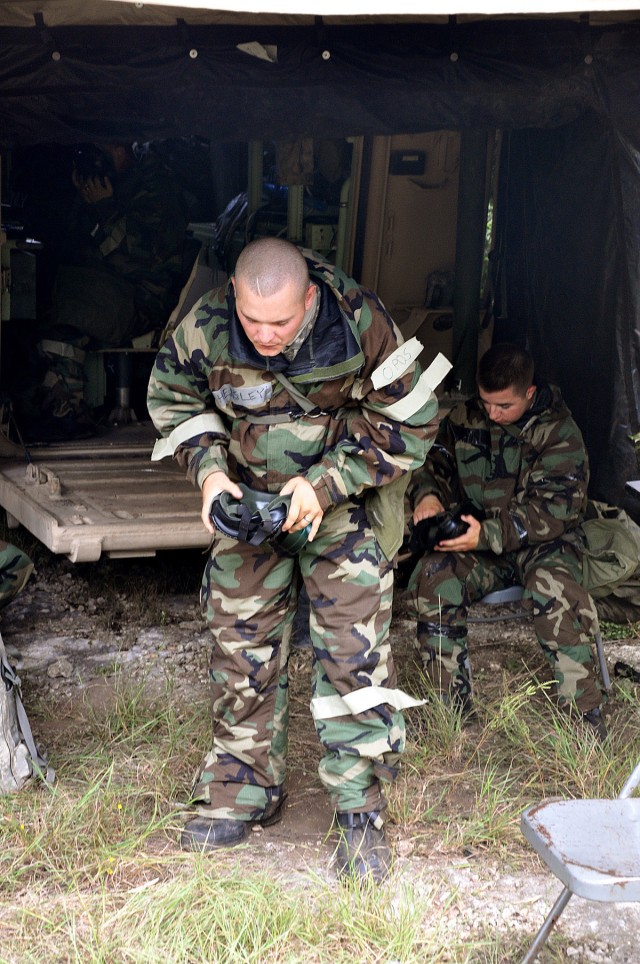
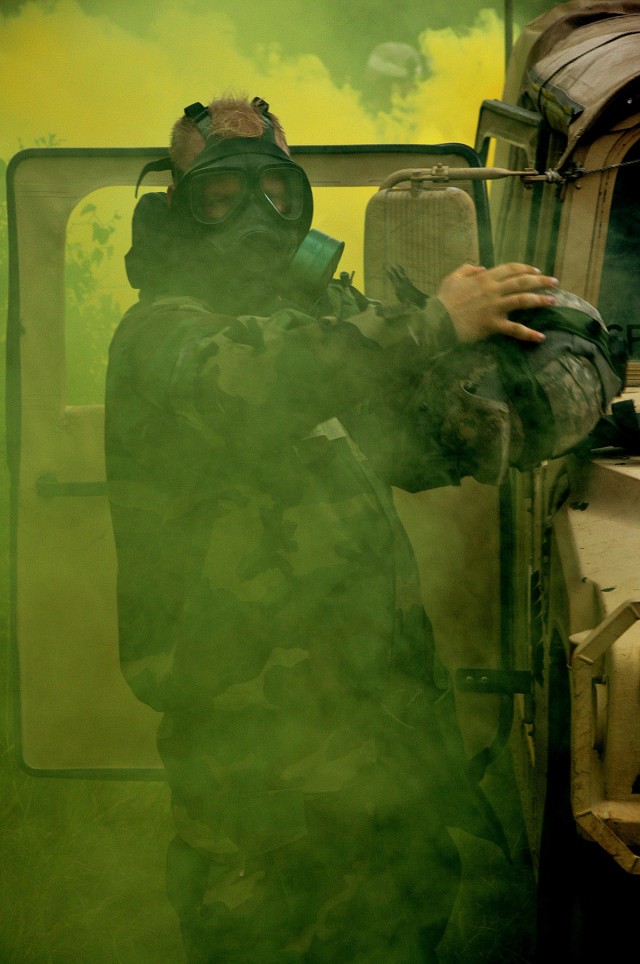
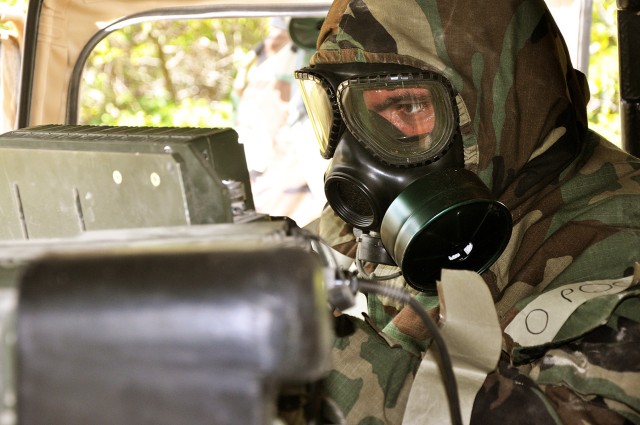
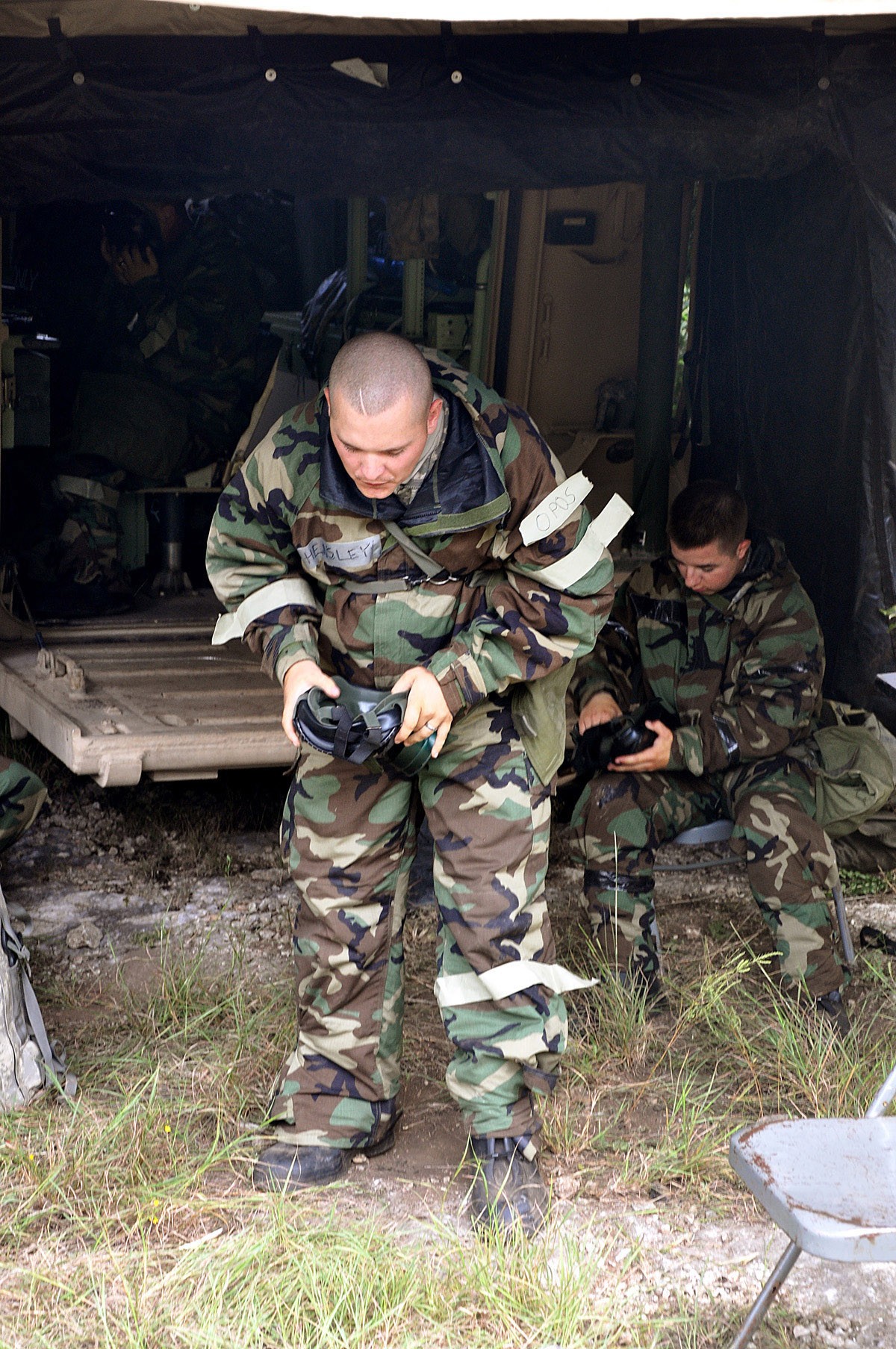
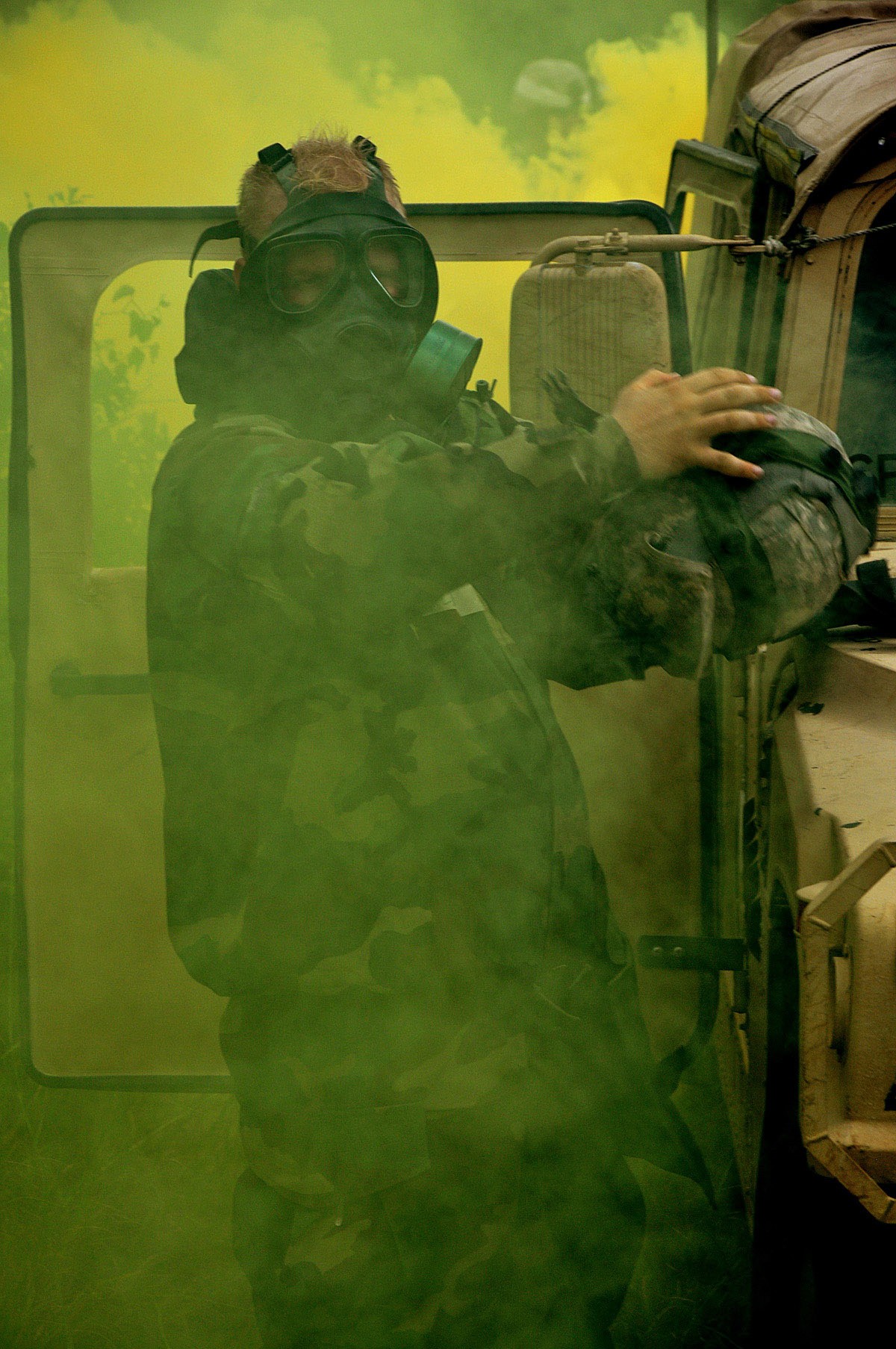
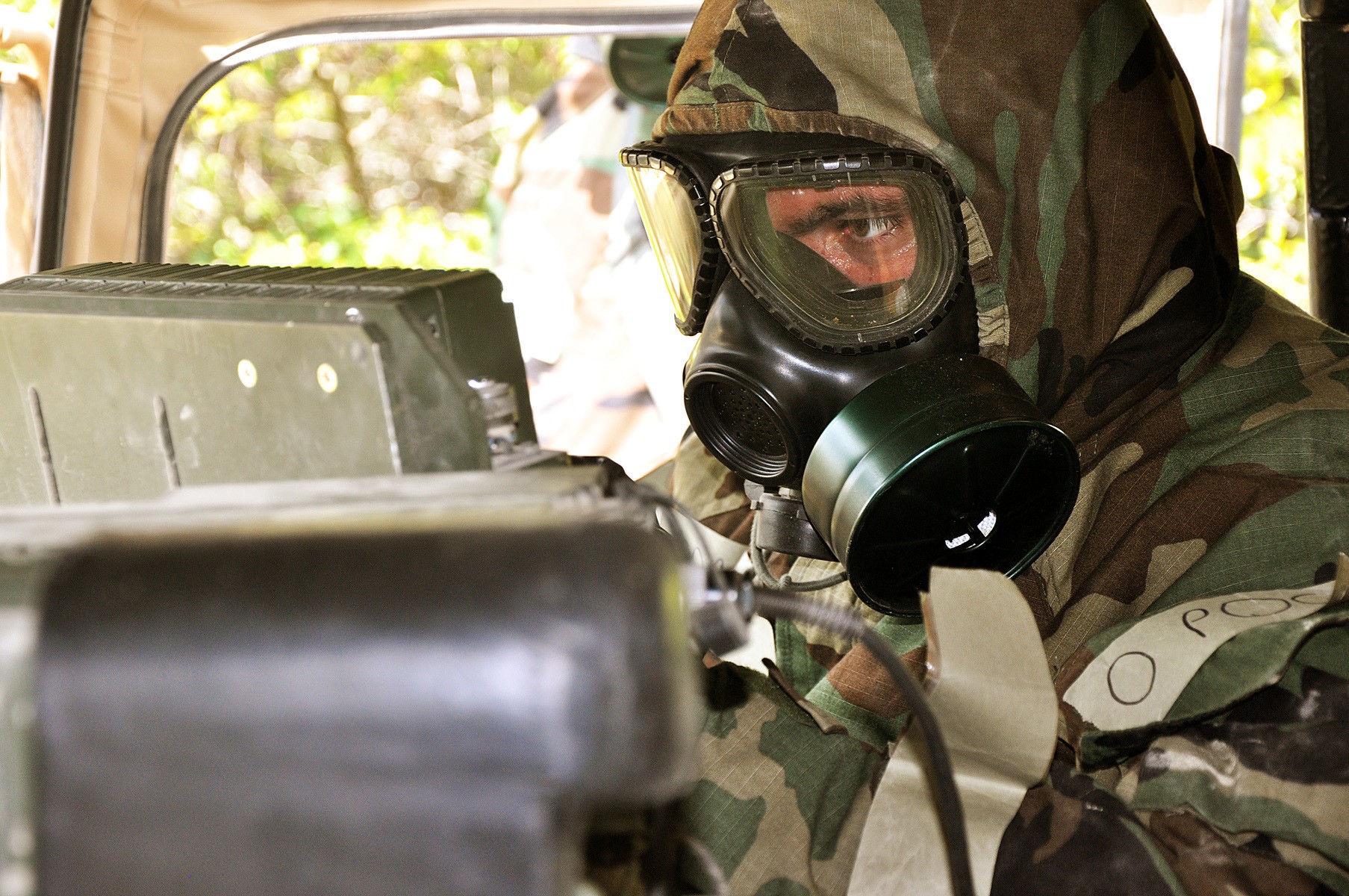
Social Sharing